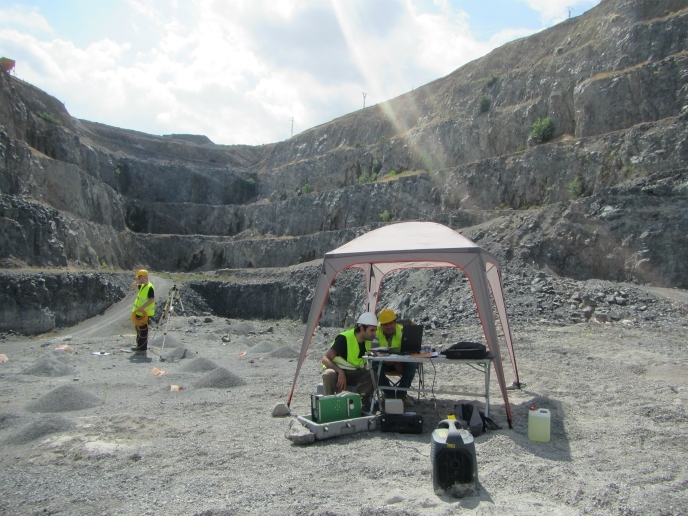Optical gas diagnostics with tunable diode lasers
In recent years, significant advances have taken place in near infrared semiconductor lasers. They have been applied as light sources in telecommunications and high speed integrated computer networks, as well as for optical data storage. On the other hand, the small size and modular flexibility of tunable diode lasers has paved the way towards a new generation of compact and reliable gas sensors. Molecular absorption spectroscopy in the near infrared is one of the most rapidly growing applications of tunable diode lasers. At first, the development of optical sensors based on tunable diode laser spectroscopy was driven by scientific inquiry. Recently, researchers at the Fraunhofer-Institut für Werkstoff- und Strahltechnik in Germany were tempted to transfer laser-optical sensors from monitoring air pollution to industrial processes. With the increased complexity of the semiconductor fabrication process, online analysis of high purity gases has become a key issue in automating the process control. The optical spectrometer developed during the ASSYST project offers an attractive alternative to conventional control methodologies which are based on monitoring the chamber pressure, gas flow, forward and reflected power. While indirect control methodologies may fail to sense important aspects of the semiconductor fabrication process, this near infrared spectrometer is extremely sensitive to the presence of oxygen and vapour. Besides oxygen produced from the breakdown of water or the outgassing from the walls of vacuum processing chambers, it is designed for measuring traces of contaminating gases such as hydrogen sulphide (H2S). Moreover, the modular configuration of the spectrometer assembly allows a choice of multiple spectroscopic components and improvement of the system's performance to meet the needs of specific applications.







